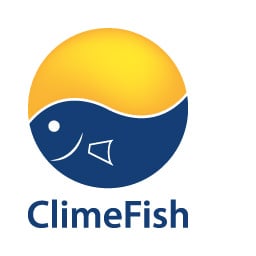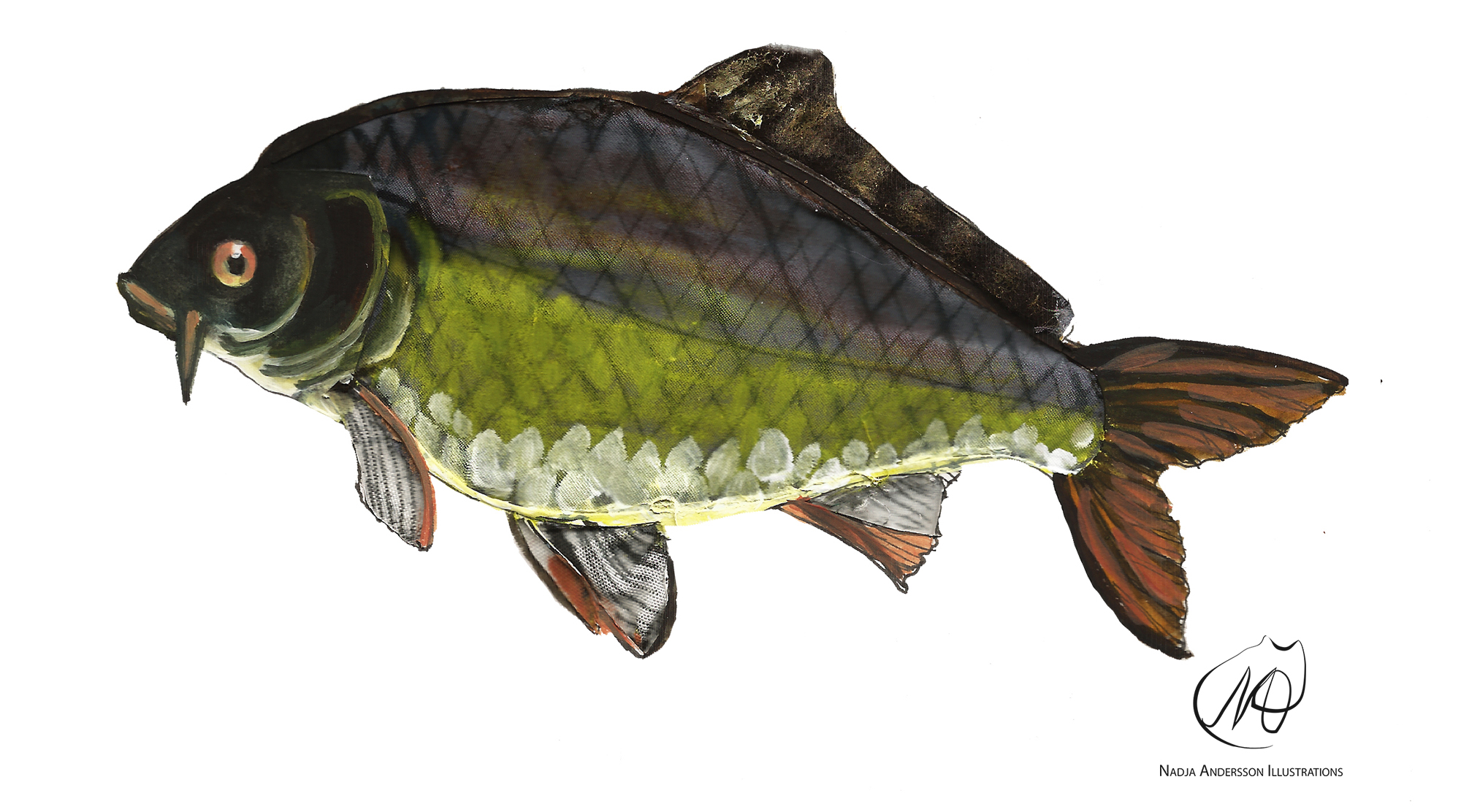Hungarian Ponds

Main results
- As temperature increases, carps are likely to grow faster in the future as a result of growing appetite, more intensive metabolic activity and increased availability of planktonic food sources
- Carp yields in 2050 are forecasted to be 3-8% higher than today
- Production risks will be higher: occurrence of sub-optimal oxygen levels, harmful algal blooms, disease outbreaks, etc. will increase
- Different pond management technologies will unequally benefit from warming climate
- Evaporation rates in ponds will increase over time, by 10-15 cm in 30 years
Effects of climate change
Model outputs highlight that carp-based pond aquaculture will be both positively and negatively impacted by climate change. Being a warm-water species, carp is forecasted to grow faster under properly managed conditions. This is mainly attributed to i) increased appetite and growth potential of carp (warming weather affect positively the anabolic activity); and ii) increased food availability (warmer temperature enhances plankton formation). The intensity of this positive effect is influenced by management options (stocking density and feeding intensity). On the one hand, technologies with more intensive feeding practices are forecasted to experience bigger growth in yields because more intensive feeding is required to meet increased nutrient demand of carp and to exploit its growth potential. On the other hand, increment in yields is higher for strategies with lower stocking densities. Enhanced plankton productivity can be fully exploited with more extensive technologies, when predation pressure on zooplankton fauna is lower.
Among the negative effects, increased evaporation rates and increased occurrence of sub-optimal/sub-critical dissolved oxygen environment must be noted. The risk, which is imposed by these factors on farming, is not handled by the model, and for this reason there are no quantitative estimates on the extent of production hazard.
Risks and opportunities
Although quantitative model simulations show mainly the positive effects and resulting opportunities in farming, several risks of climate change were identified with stakeholders and experts during the project. Much of these risks are out of the scope of the model, thus no quantitative estimates exist. Increased presence of pathogens, decreased welfare status of fish, deteriorating water quality, decreased availability and increased price of water, increased presence of trash fish and more intensive degradation of production infrastructure are all effects that can have substantial consequences for the industry.
Adaptation strategies
The adaptation strategy package for Hungarian aquaculture encompass i) industry (farm) level adaptive measures, ii) policy-level recommendations, and iii) identification of research and knowledge building gaps.
- At the farm level, recommended measures are: monitoring of growth, environmental parameters, health status, disease outbreaks; optimizing stocking, feeding and manuring strategies to maximize yields; upgrade production infrastructure to withstand storms and floods; use of aeration techniques.
- Policy recommendations focus on improving data collection, including mapping of disease outbreaks and spread.
- The research level includes knowledge building regarding the biological mechanisms implicated in response to higher temperatures and other climate change drivers, as well as investment in breeding programs.
Socio-economic outcomes
Production costs (calculated at relative price levels) are forecasted to decrease by warming climate. However, as different pond management technological options are impacted differently by climate change, technological settings should be re-optimized. Farmers need to shift toward more extensive stocking strategies in order to minimize per-unit production costs. This would also contribute to improved management of production risks, because increasing occurrence of subcritical oxygen levels is proportional to production intensity.




